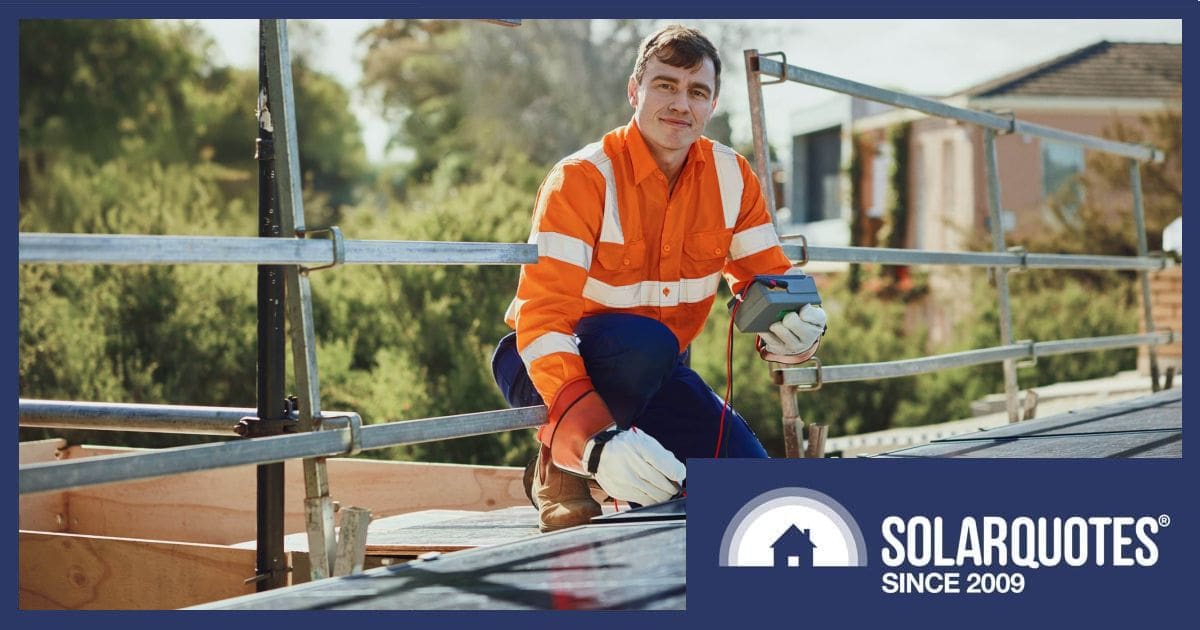
A public safety campaign in Victoria — the core message of which applies everywhere — is urging households to have their rooftop solar systems inspected regularly.
More than 833,000 small-scale (<100 kW capacity) solar power systems have been installed across Victoria; around 500,000 of those more than 5 years ago. While rooftop solar doesn’t require much in the way of maintenance, it’s important to have systems appropriately serviced to pick up on any problems.
“Rooftop solar is constantly exposed to the elements and over time, components like wiring, switches and isolators can deteriorate,” said Energy Safe Victoria CEO Leanne Hughson.
‘Make The Safe Call’ Recommendations
Energy Safe and Solar Victoria have teamed up for a new campaign to encourage solar owners to have their systems inspected on a regular basis. The campaign recommends:
- Booking a maintenance service at least once every 2 years. SolarQuotes currently recommends solar system servicing every five years; assuming a quality installation. In South Australia, the ACT, and Victoria, Distributed Network Service Providers (DNSPs) *require* system inspections every five years.
- Using a licensed A Grade electrician.
- Obtaining a Certificate of Electrical Safety for any wiring repairs made.
It’s important to engage a suitably qualified professional, and to sight their credentials.
“Unqualified operators offering so-called ‘maintenance’ services are often just cleaning panels,” said Ms. Hughson. “They’re not trained to identify and fix faults and might even cause damage or increase fire risks.”
The campaign also urges solar households to be on the lookout for system changes or warning signs, such as burning smells or unusual noises.
The original solar retailer can be a first port of to arrange an inspection. But if you’re looking elsewhere for a suitably qualified professional for whatever reason, SolarQuotes can recommend tradespeople we know and trust via our quoting system.
“While the risk of these systems failing is relatively low, safety should never be left to chance,” said Solar Victoria CEO Stan Krpan. “With proper maintenance, homeowners can enjoy the benefits of solar with peace of mind.”
Servicing can also help ensure a system is performing at its best, maximising electricity bill savings. The cost of an inspection done right is currently in the range of $300 – $550.
Energy Safe Victoria is the state’s energy safety regulator; responsible for electricity, gas and pipeline safety. Solar Victoria oversees the state’s Solar Homes program that offers — among other incentives — Victoria’s solar panel rebate.
Solar Power System Fires In Victoria
According to Energy Safe, it has received reports of 138 solar-related house fires across the state in the past 3 years; many of which it says were preventable with regular maintenance. Given the number of installations in the state, it’s a tiny proportion, but still 138 fires too many.
While a breakdown of the causes of these fires wasn’t provided, it wouldn’t be unreasonable to suggest a significant proportion involved faulty rooftop DC isolators.
Rooftop DC isolators *were* a mandatory requirement and meant to be an added fire safety mechanism, allowing solar panel arrays to be safely switched off by fire service personnel battling a blaze to minimise the risk of electrocution. Australia was the only country with this requirement.
Ironically, rooftop DC isolators have been responsible for a bunch of fires across Australia where the units were of poor quality, or not properly installed/ maintained.
After years of pushing from the solar industry, an update to the AS/NZS 5033:2021 standard in late 2021 meant in many cases rooftop DC isolators were no longer mandatory. An alternative option is a disconnection point, which appears to be the preferred choice among solar installers.
Under the standard, isolators still installed must comply with requirements including a non-combustible mounting and weather protection.

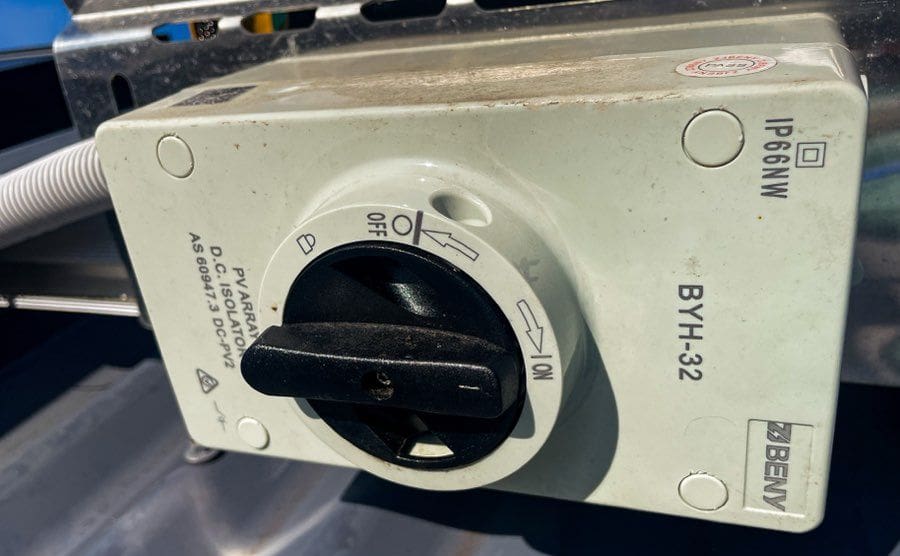
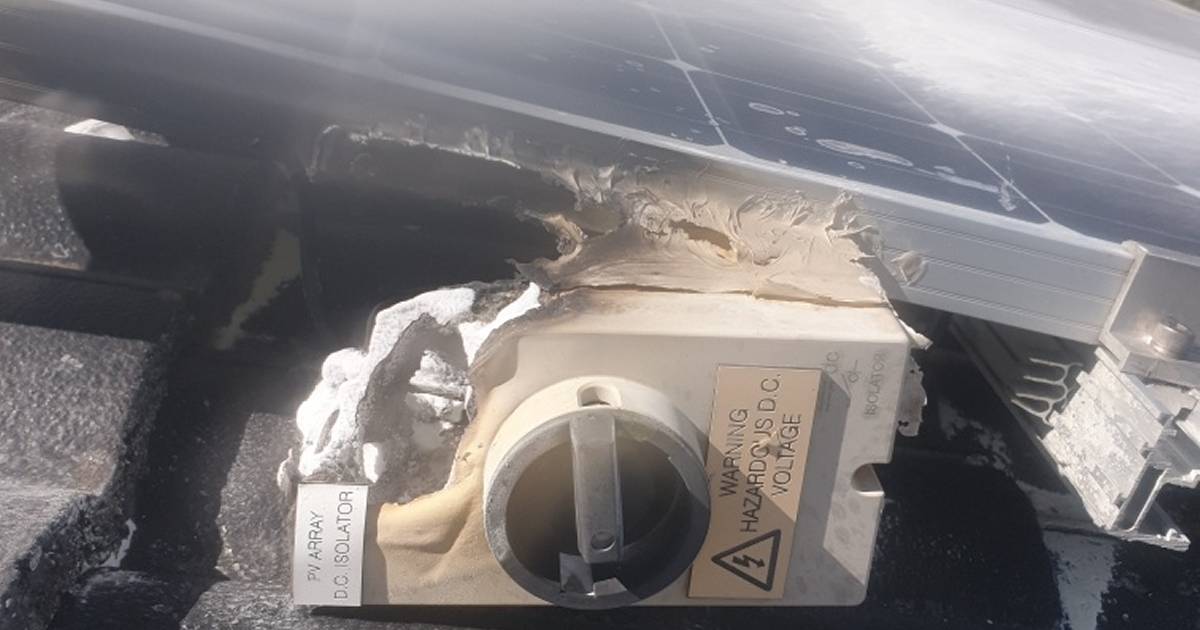
 RSS - Posts
RSS - Posts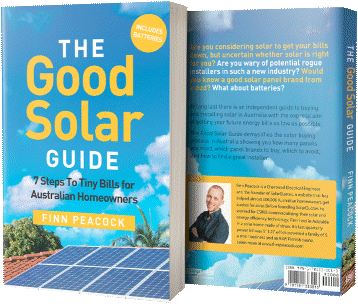


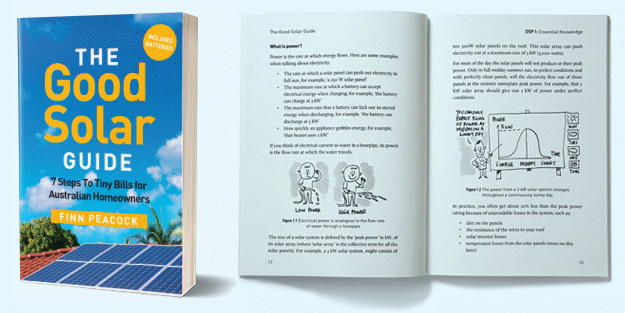
This is my concern with too much reliance upon outsourcing grid production to domestic systems. Critical social infrastructure is then in the hands of highly variable ordinary people to maintain.
Nick, if private rooftop solar were “Critical social infrastructure”, then I’d have to agree, in order to maintain a rational perspective. But diverting to reality for a moment, one observes that each household’s output is so vanishingly inconsequential that it can never be critical – it’s loss is not noticeable on the grid. (It is repeated coal-burning power station failures which do cause problems, and very big solar/wind farms can too.) Distributed generation is intrinsically fault tolerant, increasing grid reliability, even when a few drop out now and then, without perceptible effect. $2.3B + CEC credits say it’s *very* good for the grid and the nation.
Is the perceived problem that it is not “social infrastructure”, but privately owned self-generation with optional sharing? Big corporate generators are also private, more able to manipulate prices for profit, and enormously greater dropout risk. Go figure.
Is this imaginary problem entirely fossil industry FUD? I’m curious.
Have you ever seen the statistics on the backlog in basic maintenance on homes, in the community? No individual is going to impact the grid, but if peoples’ attention to maintenance of their solar and battery matches that of their homes, it adds up to problems if domestic solar is a large component of grid energy.
You concede “No individual is going to impact the grid,” – that adds up to zero grid impact. The 138 domestic fires, over years, many caused by faulty regulations, not householder maintenance, are unshared pain, proving the social risk point.
Your false premise also ignores the fact that householders are not in general legally permitted to maintain either their grid supply or self generation. It is all electrician-maintained, by law. It is corporate grid pylon maintenance neglect which was found to have started broadly destructive bushfires, and coal power station fires/explosions/shutdowns are also corporate failures. Domestic is then socially far far safer, statistically.
Your taxes are paying to increase domestic grid generation and storage – a great social good, more reliable than corporates.
Can we please cut the pointless delusion here? Mere repeated baseless assumptions do not make any kind of case, let alone a rational one, and rebutting fatuous FUD is becoming tedious.
Even in the absence of a class action for regulatory negligence and technical incompetence, the state should pay for free replacement of outdoor isolators with indoor substitutes. Who knows, that might even head off a class action or lawsuit by insurers to recoup repair costs for the mandated fires as well.
We have probably all seen evidence of this:
“Much of the social history of the Western world, over the past three
decades, has been a history of replacing what worked with what sounded
good.” — Thomas Sowell
“One cannot inspect quality into a product” is another truism, often proven.
Attempting to paint it on with ineffective inspections is a symptom of managerism – incompetent interference in the guise of management – useless movement and colour in place of effective action.
Insurers are the judge in this, in a free society. Replacement of bad equipment prevents fire, inspection does not.
The fossil fuel mafia blocks insidiously. It requires massive regulation increase.
Poor old NSW is left out of ‘safety’ standards yet again – I can’t tell you how many times I’ve tried to find a solar company willing to climb on the roof and conduct a ‘safety check’ – and I have no idea whether there’s isolators on the roof or not.
So the cost of inspection is between $300 – $500 you say? In my experience, in NSW, a safety check is install a new system – only – and that’s for a system that was 4 years old. And yes, the biggest solar company around in 2016, EuroSolar, went bust. They were the largest reseller of panels at that time btw.
Is there any way you guys can push for national laws on this stuff? A telco can be fined for industrial manslaughter for a technical hitch – please include NSW in all the solar safety legislation –
The Solar system was about 9 years old when I requested a reputable solar installer to check my system. It was working. The electrician did a quick check with a multimeter and certified the system was ok.
About 3 months later one string stopped working. The system was then shut down.
I requested a different local solar installer to check it out.
The first thing they checked was the Isolation switches at the inverter. Removed cover, there was a small amount of corrosion and moisture in one switch.
On to the string that was not working. Removed the Isolator cover on the solar panels. Water poured out. There was a water mark inside the isolator, so water had been present in the lower portion for some time.
The Electrician removed all the Isolators, Rewired and installed new Isolators and Isolator covers to the relevant standard.
Can’t light on fire if it’s full of water 🤣
Cost cost cost $300 to $600 for inspection $300 to clean $12000 plus for a decent battery $80000 for tesla long range $35000 depreciation on tesla high insurance costs quoted $4300 try but it’s not easy or cheap going green
Hi Kevin,
Nothing that’s good is normally cheap but my last EV cost me four grand. It’s a champion commuter.
https://www.solarquotes.com.au/blog/cheapest-electric-car-australia-imiev/
I work as a governance professional. Not one successful governance scheme I’m aware of survived when everything was delegated to the public to do and maintain. Just as housing, health, education, water etc. are all in tatters where privatised, I’m extremely wary of the degree of privatisation in our emerging renewables grid. I’m a passionate supporter of the transition, but as the Chinese are showing us every day, unless it happens ‘top down’, it’s not going to happen at thew scale we need, in the time we need it done.
It’s all very well to say a home owner should get “their home solar systems serviced” but it’s a very fuzzy concept. As we can see from David M’s experience (above), two qualified solar electricians had very different ideas about what constitutes a service.
I would have suggested a more clearly defined process is required, but from previous comments I realise that regulation overload and check lists are not very popular.
https://www.solarquotes.com.au/blog/safety-theatre-kills-productivity/
So how do we know if we got David’s first or second electrician?
Given the regular reductions in FIT it is highly unlikely that a normal household will earn $350 for feed in. Not an encouragement to spend that much on an inspection!
I suggest you investigate Amber Energy’s offerings.